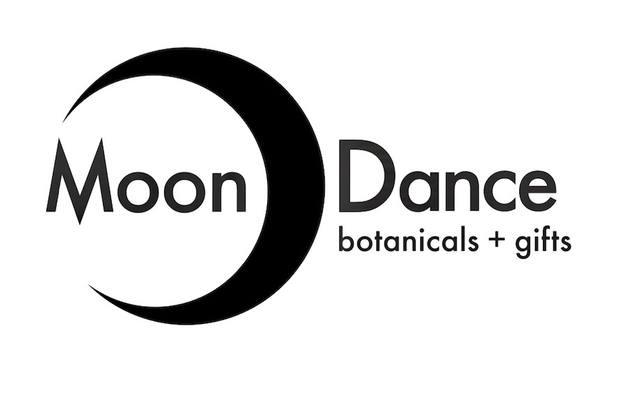Lavender: History to Current Research
Posted by Help with MoonDance Collaborator on
Lavender: History to Current Research
By Courtney Danielsen
Getting to know herbs on multiple levels is part of the fun and love that is herbalism. So for this blog we are exploring some history and current studies of wonderful lavender. Lavender is part of the Lamiaceae family more commonly known as the mint family which includes the obvious peppermint and spearmint but also sage, rosemary and basil. The most common type of lavender used today is Lavandula augustifolia and it is native to the Mediterranean. The word Lavandula comes from the Latin word lavare meaning to wash so many of the historic uses have to do with cleansing and scenting the body. The use of lavender goes all the way back to the Egyptians who used it in the mummification process as well as in bathing and perfuming. The Greeks and Romans used lavender for bathing as well as in their cooking. Soon they started realizing that these beautiful fragrant little flowers also had medicinal benefits. During the plague it was believed to protect you from infection. What it was actually doing was working as an insect repellant preventing the lice (which carried the plague) on rats from coming near. More recently in 1910 the French chemist Rene-Maurice Gattefosse, who is considered the father of Aromatherapy, had an accident where he badly burned his hand. Gattefosse quickly dipped his hand into a nearby tub of lavender essential oil and discovered that it eased the pain. The burn healed quickly and with very little scarring. This little accident set Gattefosse off on an exploration of essential oils and their benefits. Today we know of the many therapeutic actions of lavender including working as an analgesic (pain relieving), antidepressant, antiseptic, antiviral, carminative (helps with gas), nervine (helps with nervous system including sleep issues), and as a vulnerary (wound healing). Lavender is well known for healing burns including soothing sunburns and is one of the few essential oils that can be used directly on the skin. Some of the current research into the benefits of lavender includes its effects on sleep and anxiety in coronary ICU patients, and looking into lavender as a treatment for migraine headaches. In 2015 the British Association of Critical Care Nurses did a study with 60 coronary ICU patients to see how lavender would affect their sleep quality and levels of anxiety. They found a statistically significant difference in the group that received the lavender and they concluded that it helped the patients with sleep quality and reduced their anxiety. In another study, published in the journal of European Neurology in 2012, 47 patients who were diagnosed with migraine headaches were studied. The group using an inhalation of lavender essential oil had statistically significant relief of their headache pain as compared to the control group. The researchers concluded that lavender essential may be useful in the management of migraine headaches. This is only a taste of all that lavender does and I hope it has given you inspiration to explore more!
Share this post
- Tags: analgesic, antidepressant, antiseptic, antiviral, burns, carminative, Lavender, nervine, vulnerary
